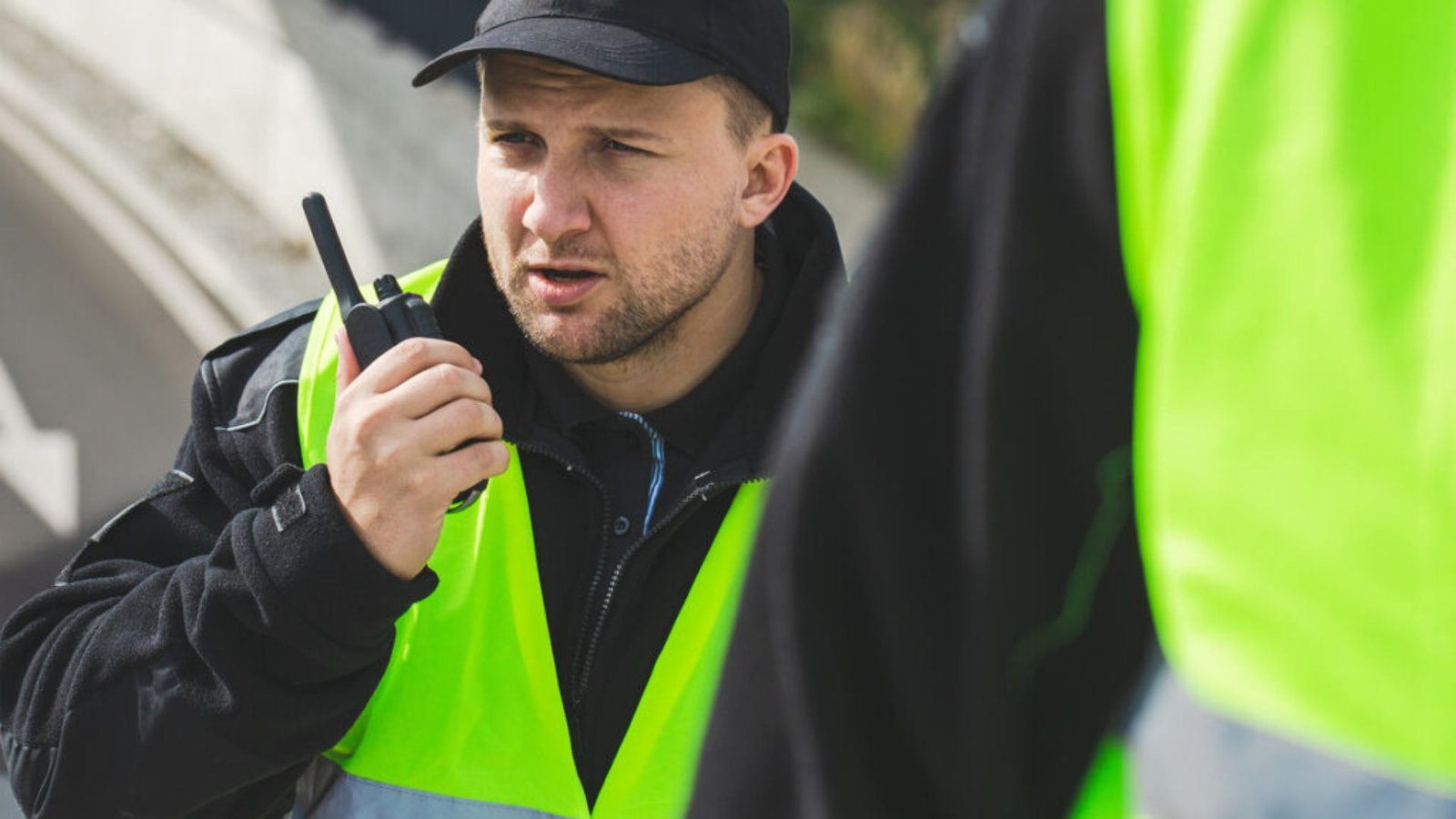Local governments play a critical role in ensuring public safety within their communities. They are responsible for implementing policies, managing emergency services, and fostering partnerships that protect citizens and enhance overall community well-being. This article explores the various ways in which local governments contribute to public safety, focusing on their key responsibilities, challenges, and the importance of community involvement.

Law Enforcement and Crime Prevention
Police Services
One of the most visible aspects of public safety is law enforcement. Local governments oversee police departments, which are responsible for maintaining law and order, preventing crime, and responding to emergencies. Police officers patrol neighborhoods, investigate crimes, and work with the community to address safety concerns.
Crime Prevention Programs
Local governments also implement crime prevention programs aimed at reducing criminal activity. These programs often include neighborhood watch initiatives, youth engagement activities, and educational campaigns that raise awareness about safety issues and encourage proactive measures to prevent crime.
Community Policing
Community policing is a strategy that emphasizes collaboration between police officers and community members. Local governments support this approach by encouraging officers to build relationships with residents, attend community meetings, and work together to solve local safety issues. This partnership helps create trust and improves the effectiveness of law enforcement efforts.
Emergency Response and Preparedness
Fire and Rescue Services
Local governments are responsible for managing fire departments and emergency medical services (EMS). Firefighters and EMS personnel respond to emergencies, including fires, medical crises, and natural disasters. They also conduct fire safety inspections, offer public education programs, and provide training in emergency preparedness.
Disaster Preparedness and Management
Local governments play a key role in preparing for and responding to natural and man-made disasters. This includes developing emergency response plans, conducting drills, and coordinating with state and federal agencies. They also manage shelters, distribute emergency supplies, and communicate vital information to the public during crises.
Emergency Communication Systems
Effective communication is crucial during emergencies. Local governments maintain and operate emergency communication systems, such as 911 call centers, alert systems, and public information channels. These systems ensure that residents can quickly report emergencies and receive timely information and instructions.
Public Health and Safety Regulations
Health and Sanitation Services
Local governments are responsible for ensuring public health through sanitation services, waste management, and health inspections. They enforce regulations that prevent the spread of disease, such as food safety standards and water quality controls. Public health departments also provide vaccination programs, health education, and resources to promote community well-being.
Building and Safety Codes
Enforcing building codes and safety regulations is another critical responsibility of local governments. These codes ensure that structures are safe for occupancy and that construction practices meet required standards. Regular inspections and enforcement actions help prevent accidents and protect public safety.
Environmental Protection
Local governments also play a role in environmental protection, which directly impacts public safety. This includes monitoring air and water quality, managing hazardous waste, and enforcing regulations that reduce pollution. Protecting the environment helps prevent health issues and ensures a safe and sustainable community.
Conclusion
Local governments play a vital role in public safety by overseeing law enforcement, emergency response, public health, and infrastructure. Through education, community engagement, and collaboration with various stakeholders, they work to create safe environments for their residents. While facing challenges such as budget constraints and evolving threats, local governments continue to adapt and improve their public safety efforts. By prioritizing safety, fostering community trust, and implementing effective policies, local governments can ensure the well-being and security of their communities.
